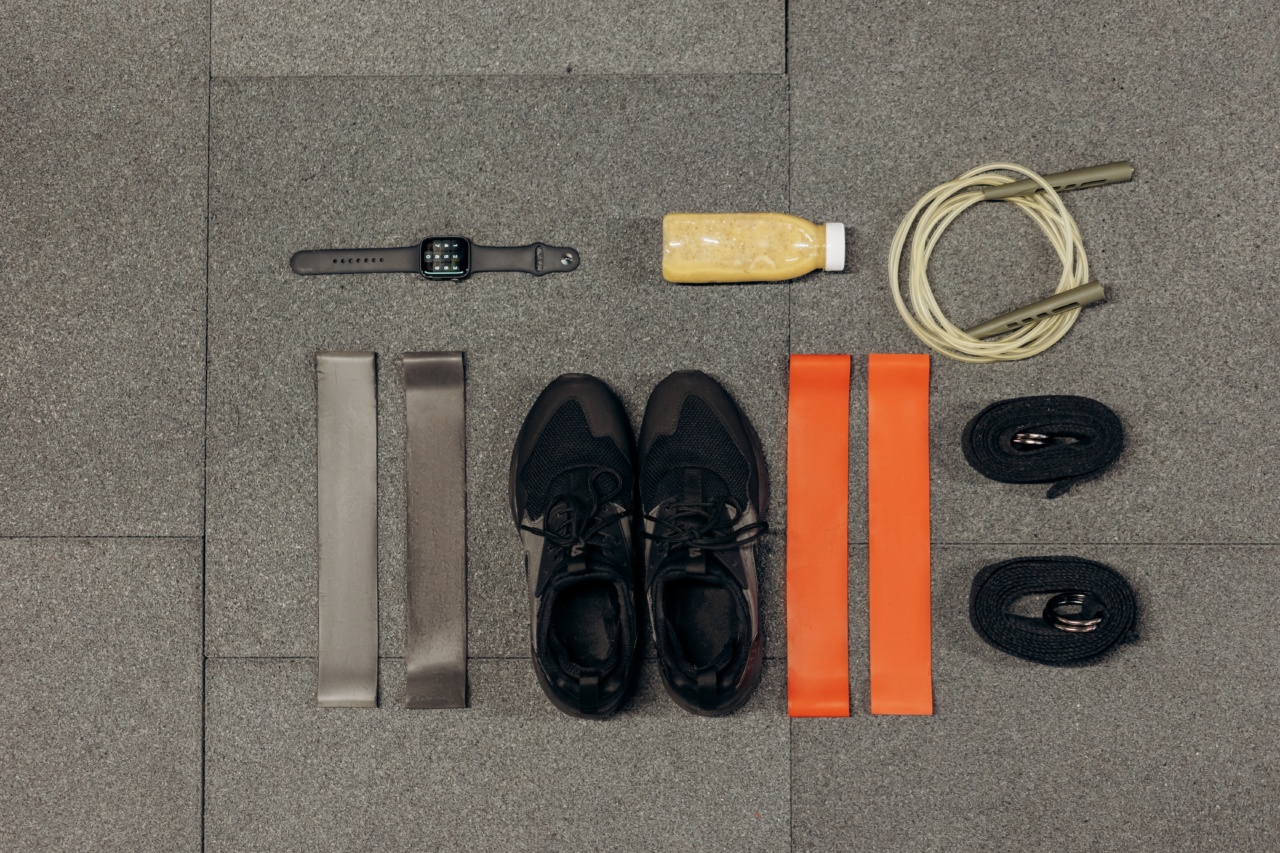High blood pressure, also known as hypertension, is a common and serious health condition affecting millions of people worldwide.
It occurs when the force of blood against the artery walls is consistently too high, putting strain on the heart and blood vessels. If left untreated, hypertension can lead to various cardiovascular diseases, including heart attack and stroke.
While there are medications available to manage blood pressure, exercise has proven to be a powerful tool in regulating blood pressure naturally.
The Role of Exercise in Blood Pressure Regulation
Engaging in regular physical activity has numerous benefits for overall health, including reducing the risk of chronic conditions such as diabetes, obesity, and hypertension.
When it comes to blood pressure regulation, exercise exerts its positive effects through multiple mechanisms:.
1. Weight Management
Being overweight or obese significantly increases the risk of developing high blood pressure. Regular exercise, especially aerobic activities like walking, running, or swimming, can help shed excess pounds and maintain a healthy weight.
By doing so, the workload on the heart decreases, leading to lower blood pressure levels.
2. Strengthening the Heart
Exercise strengthens the heart muscle, enabling it to pump blood more efficiently. As the heart becomes stronger, it can circulate blood with less effort, resulting in a decrease in blood pressure.
Activities that elevate the heart rate, such as cycling or dancing, are particularly effective in promoting heart health.
3. Increased Nitric Oxide Production
Nitric oxide is a vasodilator, meaning it relaxes and widens the blood vessels, allowing for smoother blood flow. Exercise stimulates the production of nitric oxide, which helps to lower blood pressure by reducing peripheral resistance.
This reduction in resistance eases the strain on the heart and improves overall cardiovascular health.
4. Stress Reduction
Chronic stress is a contributing factor to high blood pressure. Engaging in physical activity acts as a natural stress reliever by promoting the release of endorphins, or “feel-good” hormones, in the brain.
Regular exercise can help reduce anxiety, improve mood, and alleviate stress, all of which contribute to healthy blood pressure levels.
5. Improved Arterial Health
Exercise promotes the growth of new blood vessels and improves the function of existing ones. This enhances blood flow and reduces the pressure on arterial walls.
Regular physical activity also helps prevent the buildup of plaque in the arteries, a condition known as atherosclerosis, which can contribute to high blood pressure.
6. Enhanced Insulin Sensitivity
Insulin resistance, often associated with obesity and inactivity, is a risk factor for hypertension. Exercise improves insulin sensitivity, allowing the body to use insulin more effectively.
By increasing insulin sensitivity, exercise helps to regulate blood sugar levels and reduce the risk of developing high blood pressure.
7. Lowered Sympathetic Nervous System Activity
The sympathetic nervous system is responsible for the “fight or flight” response in the body, which can lead to increased heart rate and elevated blood pressure.
Regular exercise helps to balance the activity of the sympathetic nervous system, leading to lower resting heart rates and improved blood pressure control.
Best Types of Exercise for Blood Pressure Regulation
While any form of physical activity can offer benefits for blood pressure control, some exercises may be particularly effective. Here are some recommended types of exercise for regulating blood pressure:.
1. Aerobic Exercises
Aerobic exercises, such as brisk walking, jogging, cycling, swimming, and dancing, increase heart rate and breathing for an extended period.
Aim for at least 150 minutes of moderate-intensity aerobic activity or 75 minutes of vigorous aerobic activity per week.
2. Strength Training
Incorporating strength training exercises, such as lifting weights or using resistance bands, into your routine can help build lean muscle mass.
Increased muscle mass boosts metabolism and aids in weight management, which positively impacts blood pressure.
3. Yoga or Tai Chi
Practicing yoga or tai chi can promote relaxation, reduce stress, and improve flexibility. These low-impact activities are particularly suitable for older adults or individuals with joint problems.
4. High-Intensity Interval Training (HIIT)
HIIT involves short bursts of intense exercise followed by brief recovery periods. This type of exercise has been shown to effectively lower blood pressure and improve overall cardiovascular fitness.
5. Sports and Recreational Activities
Participating in sports or recreational activities not only provides physical exercise but also makes the experience enjoyable and engaging.
Activities such as tennis, basketball, soccer, or even hiking can contribute to improved blood pressure regulation.
When to Consult a Healthcare Professional
While exercise is generally beneficial for blood pressure regulation, it is essential to consult a healthcare professional before starting a new exercise program, especially if you have hypertension or other underlying health conditions.
They can provide personalized recommendations based on your specific needs and help ensure that exercise is safe and effective for you.
Conclusion
Exercise is a powerful tool for regulating blood pressure naturally.
Incorporating regular physical activity into your routine can help manage weight, strengthen the heart, reduce stress, improve arterial health, enhance insulin sensitivity, and lower sympathetic nervous system activity. By choosing the right types of exercise and staying consistent, individuals can take control of their blood pressure and reduce the risk of hypertension-related complications.































